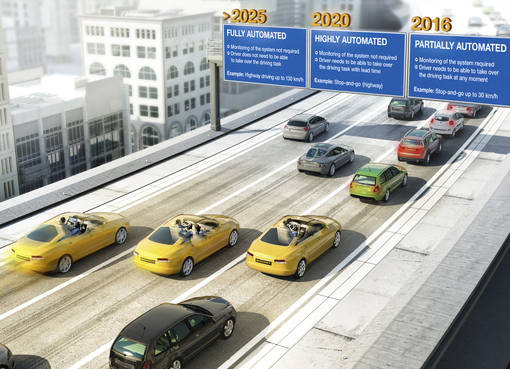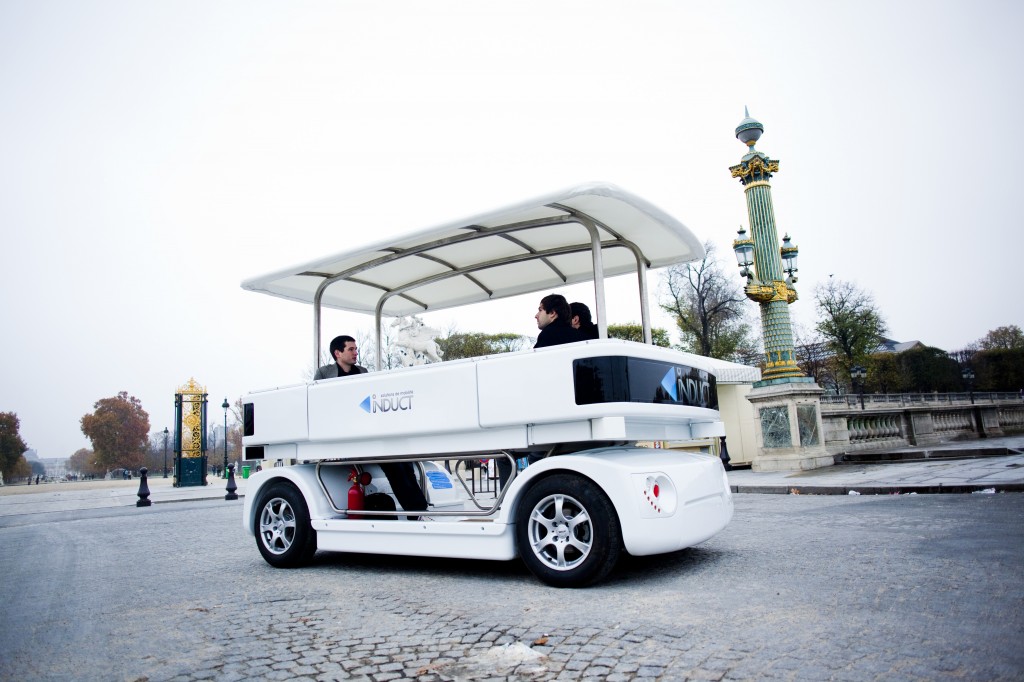By the end of this century, global warming could increase the world’s mean temperature by 4 degrees Celsius, warns a recent report by the Potsdam Institute for Climate Impact Research. The effects would be dramatic: “unprecedented heat waves, severe drought, and major floods in many regions, with serious impacts on human systems, ecosystems,
and associated services“.
Road transport is responsible for about 5 billion tonnes of CO2 annually (data: 2008) which is almost 20% of total global CO2 emissions. Growth in global transportation is likely to further increase these numbers. Global policy makers are searching for ways to limit this growth in greenhouse gas emissions but they still fail to see the potential of autonomous vehicles:
1) Autonomous vehicles could greatly decrease greenhouse gas emissions in urban traffic because
– Car-sharing services could offer local mobility for a highly competitive price based on a fleet of smaller, lighter cars which therefore cause fewer emissions
– Local car sharing fleets would be ideal adopters for alternative, low-emission drives (electric cars, hydrogen, fuel cells). Because of their higher utilization levels, higher initial capital costs for the new technology as compared to the gasoline engine would not matter as much. Autonomous cars used for local trips would be an ideal application for getting electric cars into operation in high numbers.
– Increased use of car-sharing for local transport reduces the overall demand for vehicles which in turn reduces greenhouse gas emission for manufacturing automobiles.
2) Especially in emerging nations which don’t yet have a large percentage of car ownership driverless cars could be the basis for a much more effective transport system which uses a combination of shared driverless vehicles for short distances and buses, trains etc. for medium and long distance travel. Autonomous cars would establish an optimal link between individual and mass transit; small, local driverless vehicles could serve as feeders for the last mile by transporting individuals to/from local bus stations, train stations etc.
3) Driverless cars use roads more efficiently (fewer emissions because of less road construction), can reduce emissions by driving in convoys and don’t induce traffic jams.
Overall, autonomous vehicles could be a major technology to fight against climate change. The technology can even pay for itself: It is probably the only technology which lowers overall costs (of mobility, maintaining the infrastructure etc.). Policy-makers, take note!


